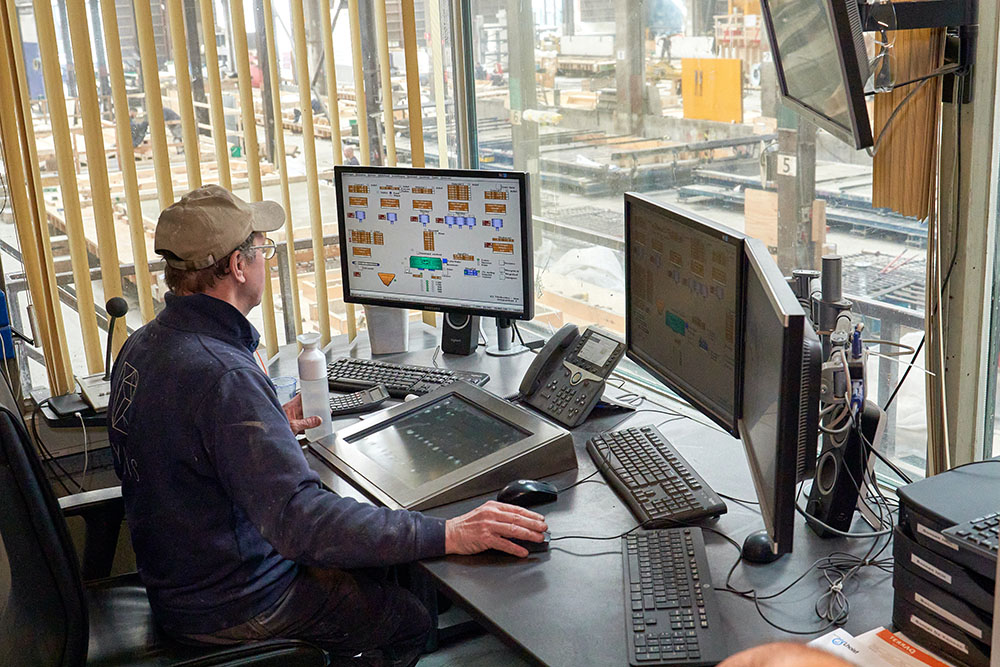
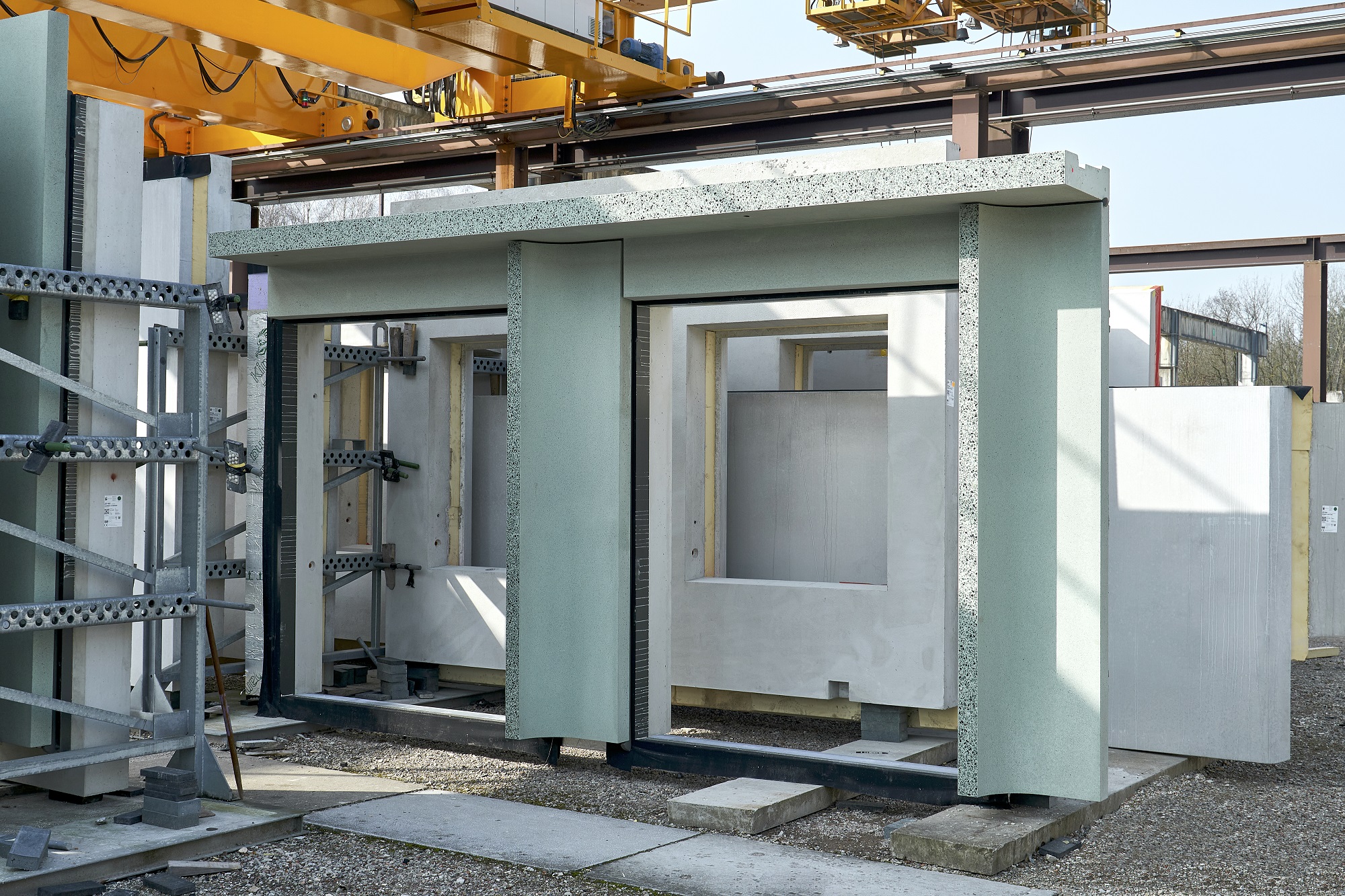
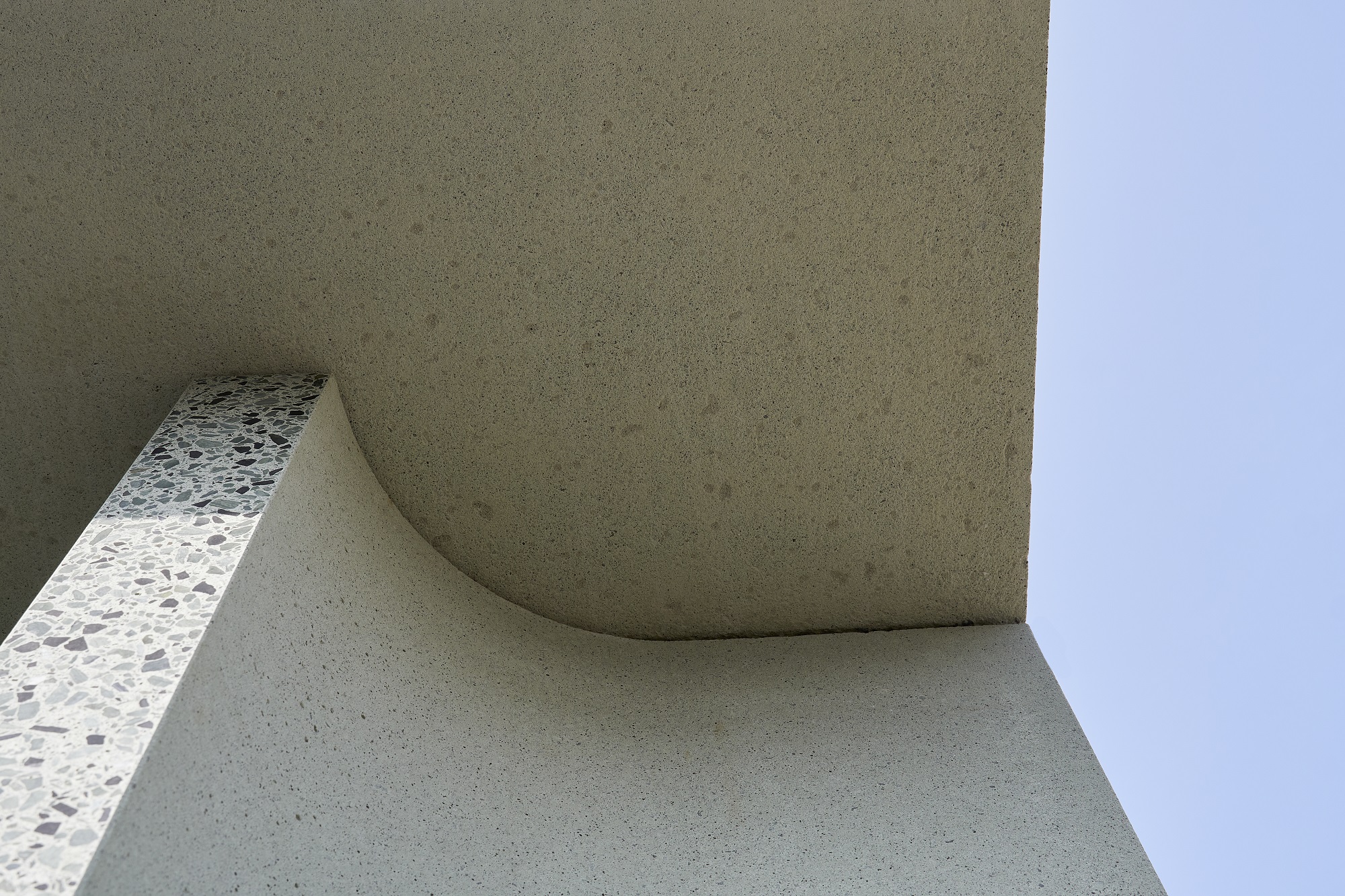
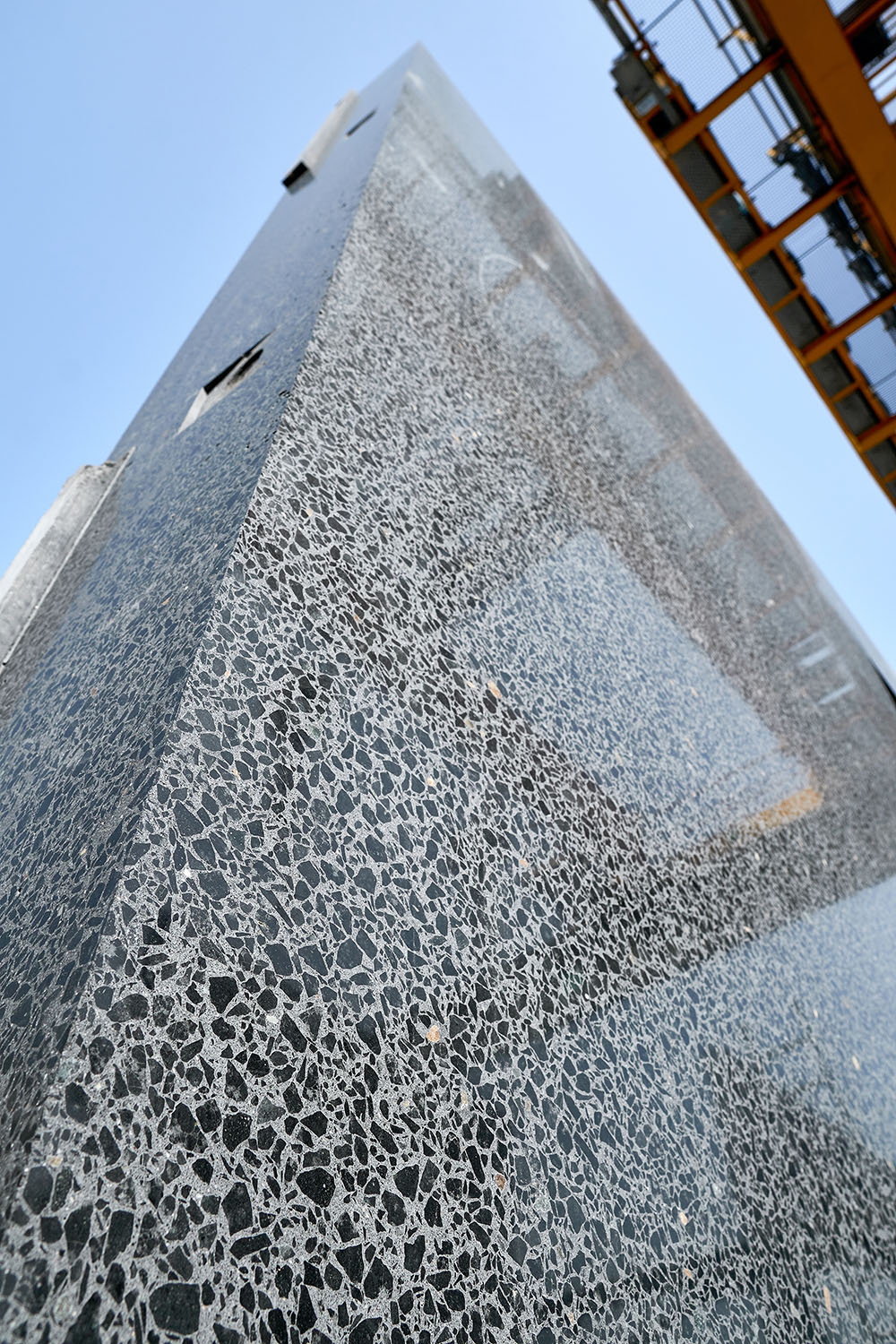
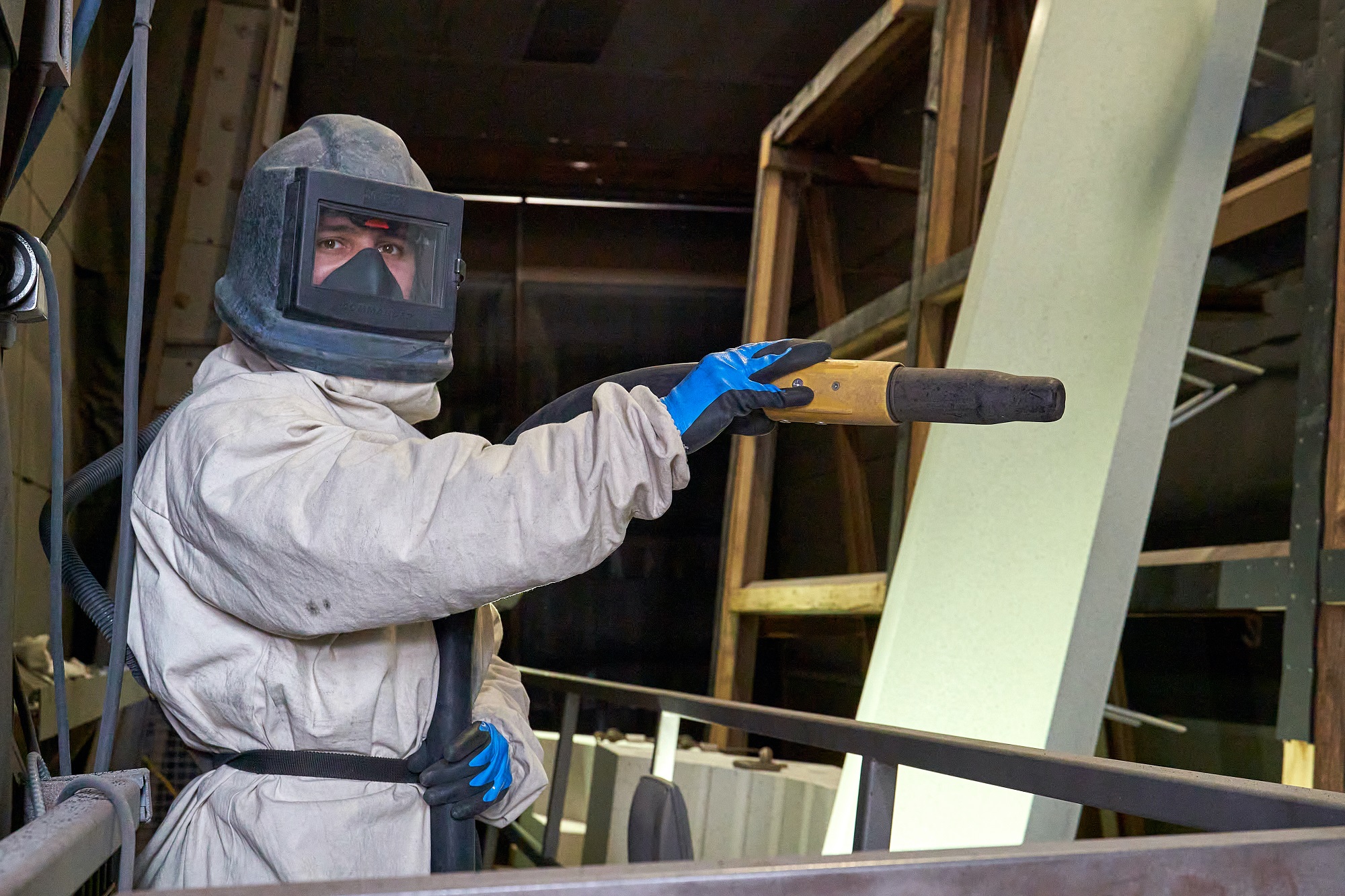
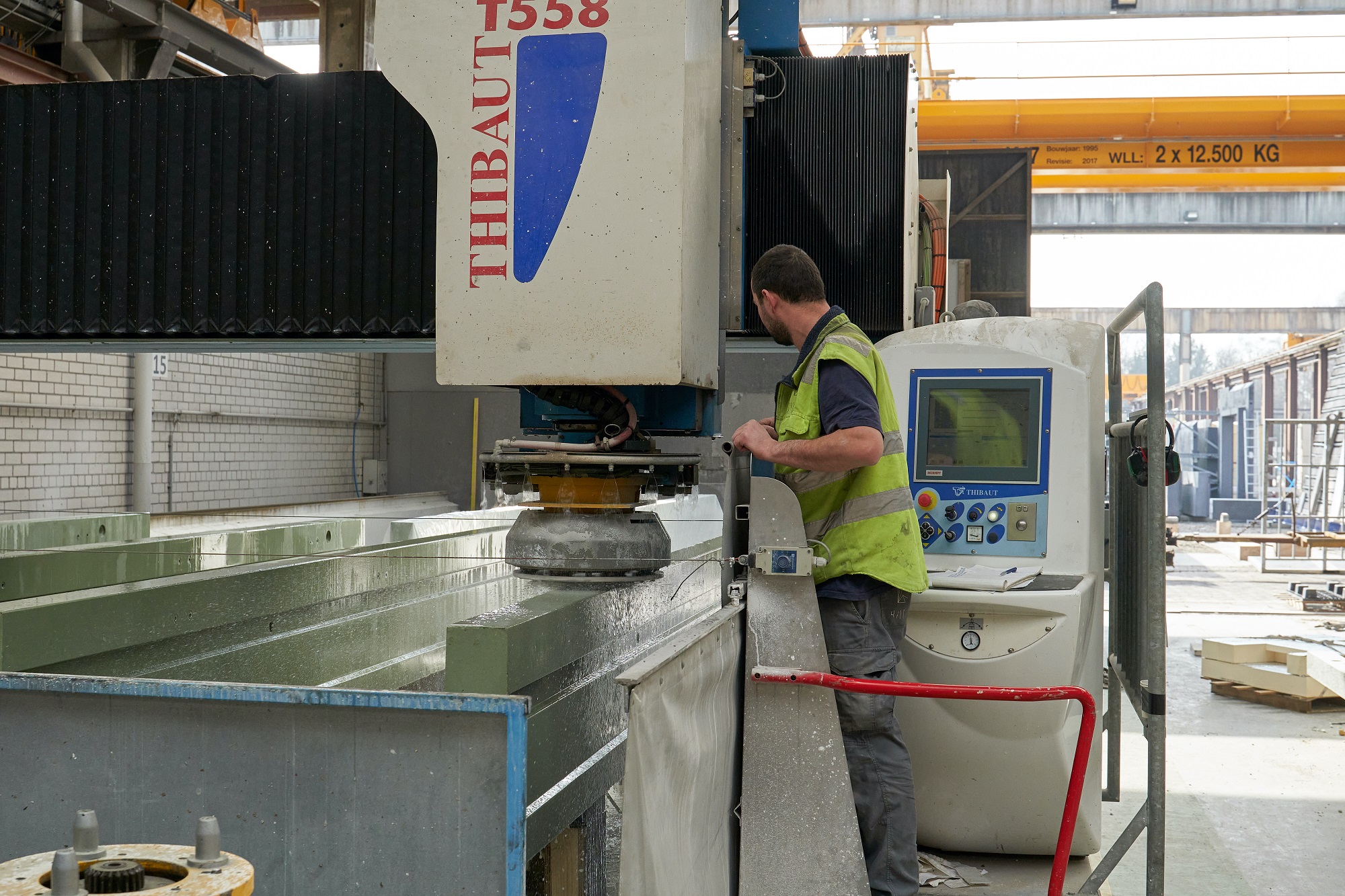
VELDHOVEN – Even when it has been broken apart into small chunks, it does not give in and can be used again in another form for a new project. A versatile building material known as: concrete. In "Concrete chunks" Gerard Brood talks about his work as Senior Quality Officer and Concrete Technologist at Byldis. Alongside a passion for his work, he also loves documenting his observations.
Read more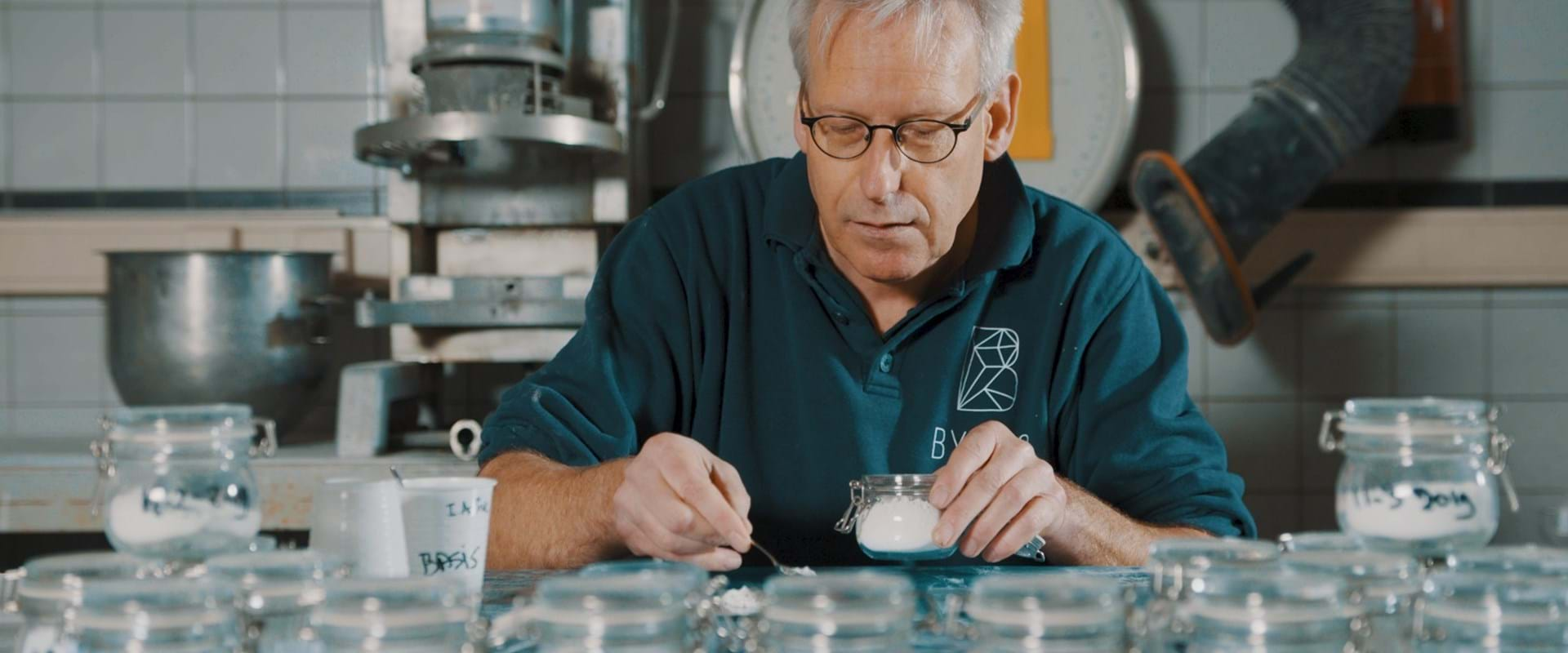
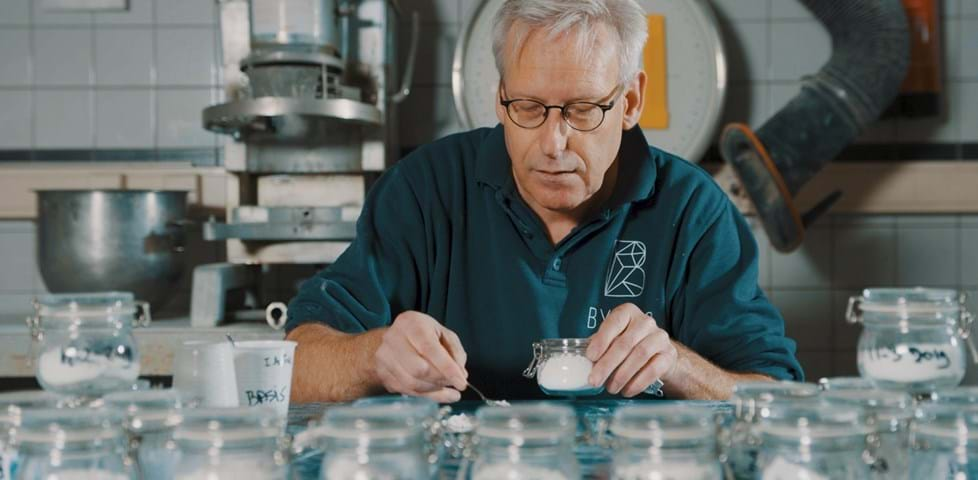
VELDHOVEN – Even when it has been broken apart into small chunks, it does not give in and can be used again in another form for a new project. A versatile building material known as: concrete. In "Concrete chunks" Gerard Brood talks about his work as Senior Quality Officer and Concrete Technologist at Byldis. Alongside a passion for his work, he also loves documenting his observations.





